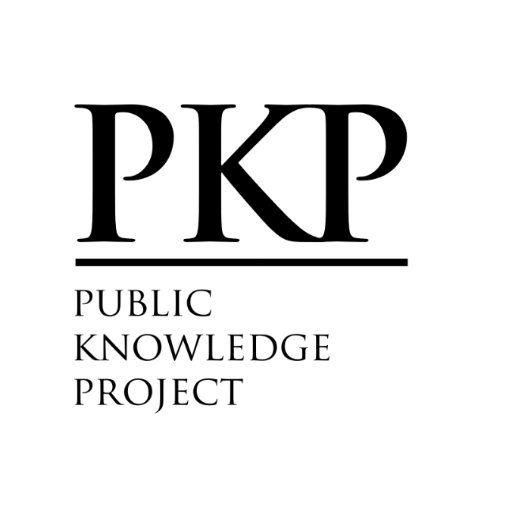Predicting Mortality Factors in Hospitalized Patients with Acute Exacerbation of Chronic Obstructive Pulmonary Disease (AECOPD)
DOI:
https://doi.org/10.55279/jafmdc.v4i2.179Abstract
Objectives: To predict mortality factors in hospitalized patients with acute exacerbation of chronic obstructive pulmonary disease (AECOPD)
Methodology: A prospective cross-sectional validation study was performed in Jinnah Postgraduate Medical Center Karachi, Pakistan from 2019 to 2020 at the Chest Medicine department, a largest public tertiary care center in Karachi. All the patients with other inflammatory diseases such as malignancy, Arthritis, Inflammatory bowel diseases, connective tissue disorders, bronchiectasis (radiologically proven or history of phlegm expectoration >30 ml/day) or history of Tuberculosis were excluded. Patients with a recent history of use of antibiotic treatment or systemic steroids (prednisolone equivalent to >20 mg/day) in the preceding two months on medical record were also excluded from the study. Ethical Approval was taken from Institutional Research committee. All the patients who were presented to ER with Acute exacerbation of COPD was included in the study, AECOPD was defines Anthonisen criteria. Data was entered into SPSS version 21 for statistical analysis of the data.
Results: Total 157 study participants were included into the study with predominance of male gender (n=106, 67.5%). The average age of study participants was 65.1 ± 11.41 years. Age was significantly higher among non-survivors than survivors (p=0.037). PH level at 4 hours was significantly lower in survivors (p=0.038). Heart rate (p=0.026) and respiratory rate (p=0.018) were significantly higher among non-survivors at 4 hours. Among NLR, PLR, PCO2, PO2 and HCO3, a higher sensitivity of 92.59% for NLR and lower specificity of 6.15% PCO2 was determined. None of these parameters had area under the curve significantly higher than 0.5. Multivariable logistic regression showed that age and PCO2 were independently predictors of mortality.
Conclusion: The present study found that increasing age and PCO2 were significant predictors of mortality in in patients with acute exacerbation of chronic obstructive pulmonary disease. NLR has high sensitivity and low specificity in determining the mortality
Downloads
Published
How to Cite
Issue
Section
License
Copyright (c) 2022 Sadhna Mankani, Nausheen Saifullah, Saima Akhter, Asha Devi

This work is licensed under a Creative Commons Attribution-NonCommercial 4.0 International License.
You are free to:
- Share — copy and redistribute the material in any medium or format
- Adapt — remix, transform, and build upon the material
- The licensor cannot revoke these freedoms as long as you follow the license terms.
Under the following terms:
-
Attribution — You must give appropriate credit, provide a link to the license, and indicate if changes were made. You may do so in any reasonable manner, but not in any way that suggests the licensor endorses you or your use.
-
Non Commercial — You may not use the material for commercial purposes.
-
No additional restrictions — You may not apply legal terms or technological measures that legally restrict others from doing anything the license permits.













